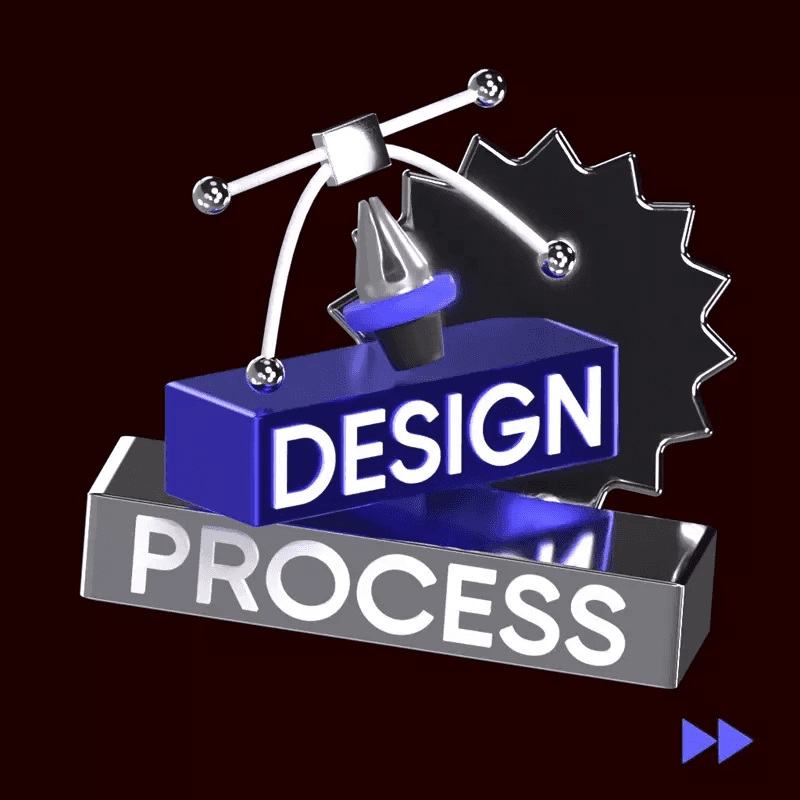Rendering Contemporary Architecture
Rendering Contemporary Architecture
Rendering Contemporary Architecture
Rendering contemporary architecture refers to the process of creating visually stunning and realistic representations of modern architectural designs using computer-generated imagery (CGI). It involves the use of advanced software and techniques to produce high-quality, photo-realistic images or animations that showcase the proposed design elements, materials, and spatial arrangements of a contemporary architectural project.
Contemporary architecture embodies the innovative and cutting-edge design principles that reflect the current trends and technological advancements. Renderings play a crucial role in presenting these designs to clients, investors, and the general public, allowing them to visualize the final outcome before the construction even begins. They serve as powerful marketing tools, aiding in the communication and promotion of architectural concepts.
The process of rendering contemporary architecture typically involves several stages:
Concept Development: At this initial phase, architects and designers collaborate to develop a concept that aligns with the project's objectives and client's requirements. They explore various design options, considering factors such as functionality, aesthetics, sustainability, and cultural context.
3D Modeling: Once the concept is finalized, architects create a digital 3D model of the architectural design using specialized software. This model serves as the foundation for the rendering process.
Material Selection: The selection of appropriate materials is crucial in contemporary architecture. Architects work closely with material specialists to choose the right textures, finishes, and colors that accurately represent the intended design. These materials are then applied to the 3D model to enhance its realism.
Lighting and Texturing: Lighting plays a vital role in rendering contemporary architecture, as it helps create a sense of depth, ambiance, and realism. Architects and designers carefully manipulate lighting conditions, shadows, and reflections to achieve the desired effect. Additionally, textures are applied to surfaces to simulate the physical properties of different materials, further enhancing the visual appeal.
Rendering Process: Once the 3D model is fully textured and lit, the rendering process begins. This involves using powerful rendering software to calculate the interaction of light with the model, resulting in highly detailed and realistic images or animations. The process can be time-consuming, as it requires significant computational power to generate the final output.
Post-Processing: After the rendering process, post-processing techniques are applied to refine the images or animations. This may include adjusting colors, contrast, saturation, and adding additional visual effects to enhance the overall visual impact.
Rendering contemporary architecture offers numerous benefits to architects, designers, and clients. It allows stakeholders to evaluate and refine design decisions, identify potential issues, and make informed choices before the construction phase. Additionally, renderings can be used for marketing purposes, attracting potential investors, and generating public interest in the project.
In conclusion, rendering contemporary architecture is a crucial aspect of the architectural design process, enabling the visualization and communication of modern architectural concepts. Through the use of advanced software and techniques, architects can create stunning and realistic renderings that bring their designs to life, helping them transform their visions into tangible realities.
15,000+ customizable 3D design assets
for UI/UX, website, app design and more


quote post


Information post


marketing post
Sign up for free
View All
A
B
C
D
E
F
G
H
I
J
K
L
M
N
O
P
Q
R
S
T
U
V
W
X
Y
Z
#
View All
A
B
C
D
E
F
G
H
I
J
K
L
M
N
O
P
Q
R
S
T
U
V
W
X
Y
Z
#
View All
A
B
C
D
E
F
G
H
I
J
K
L
M
N
O
P
Q
R
S
T
U
V
W
X
Y
Z
#
Tools
Create
Tools
Create